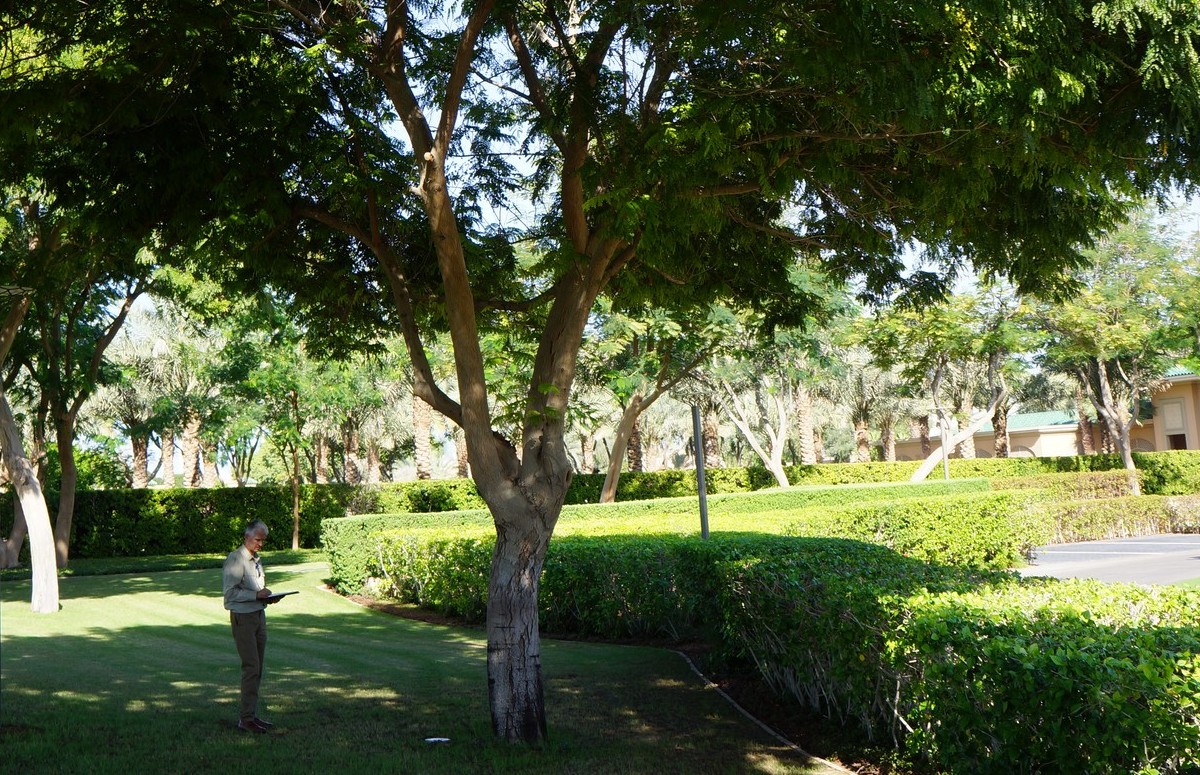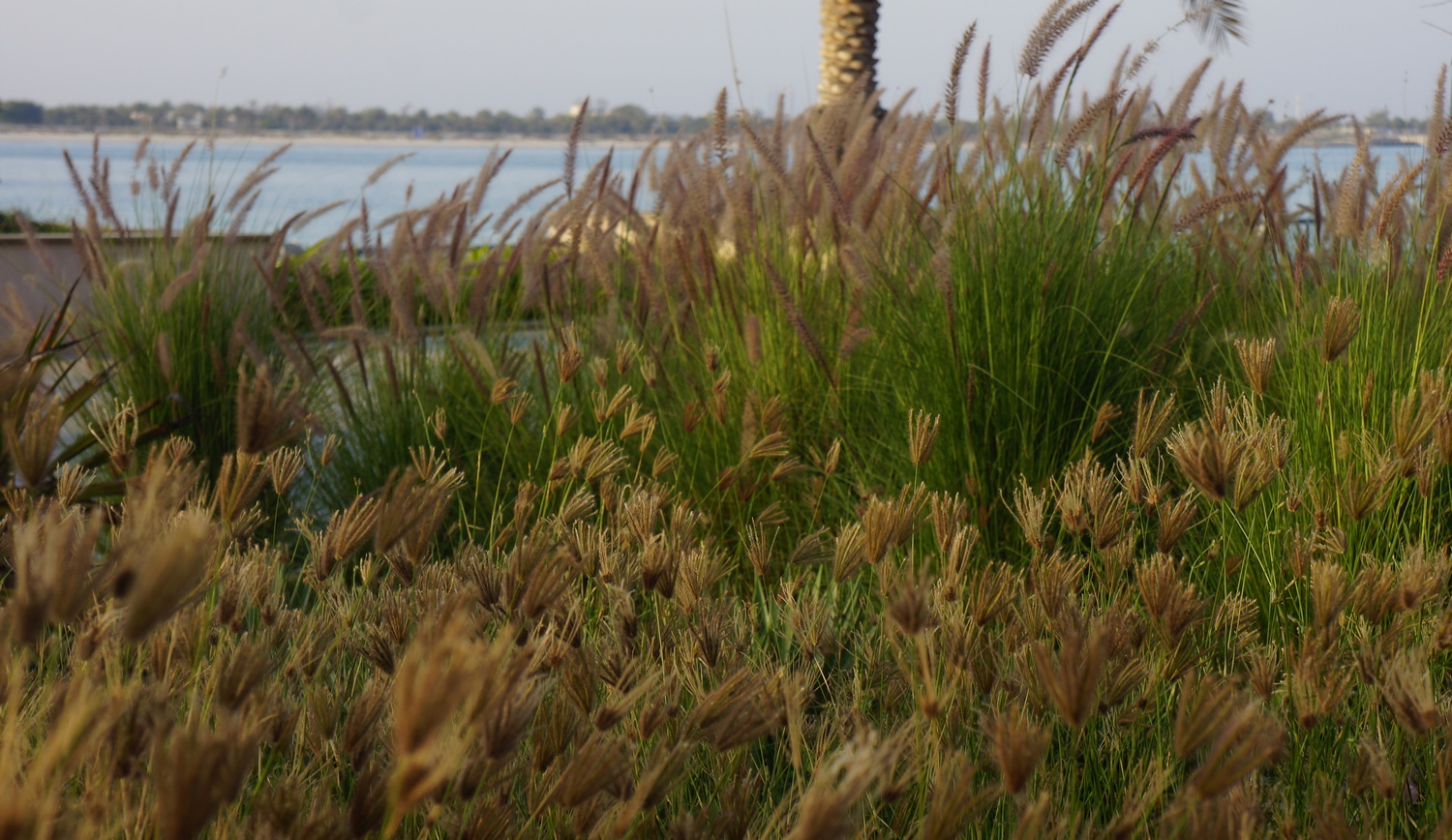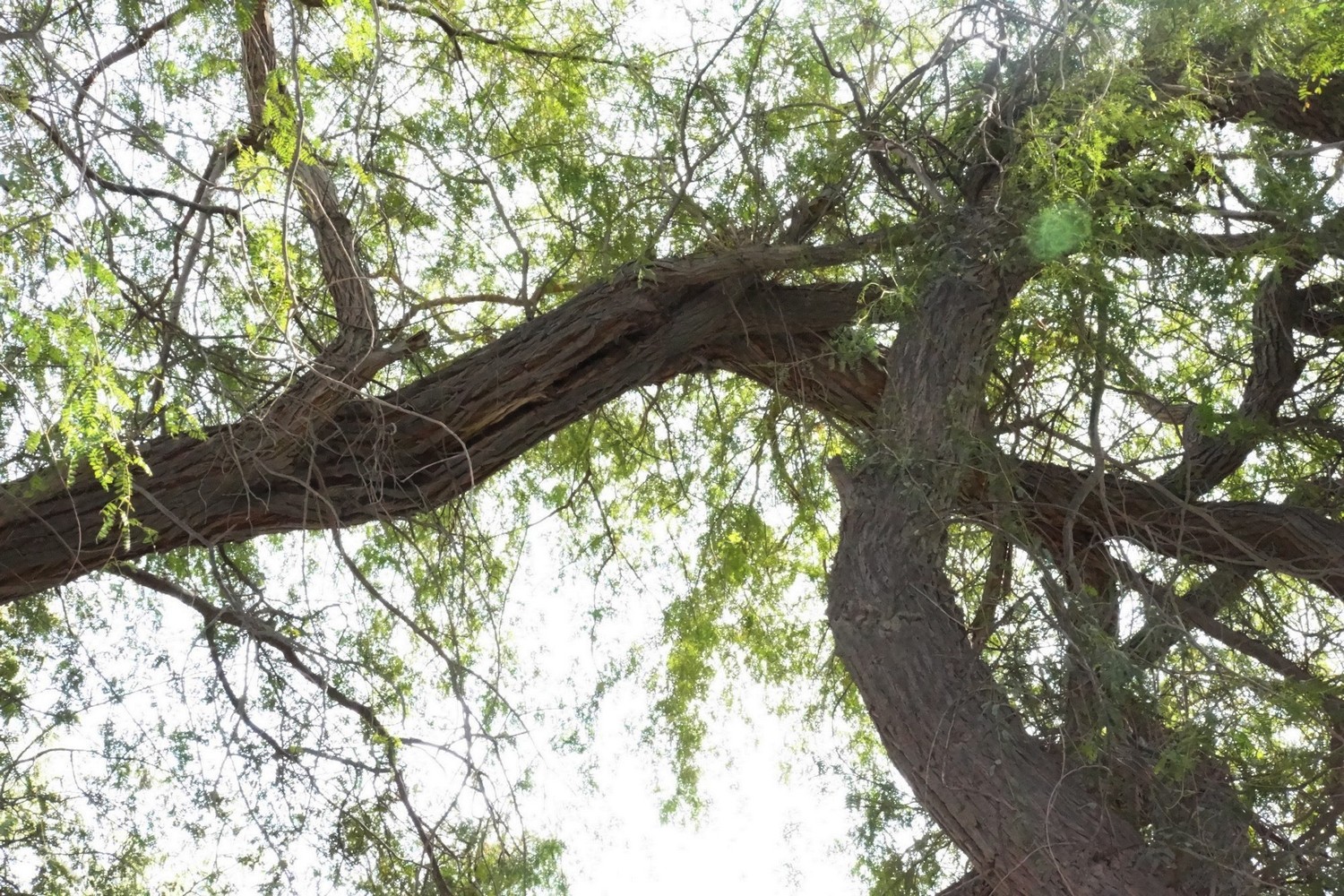If you need help or advice with your trees, I will be visiting Dubai for the […]
The other side of work I undertake in the Middle-East region is planting design, for creating […]
I have said elsewhere that the landscapes of Dubai and Abu Dhabi are growing (no pun […]
This article first appeared in Pro Landscaper Gulf. It is based on tree consultancy work […]


